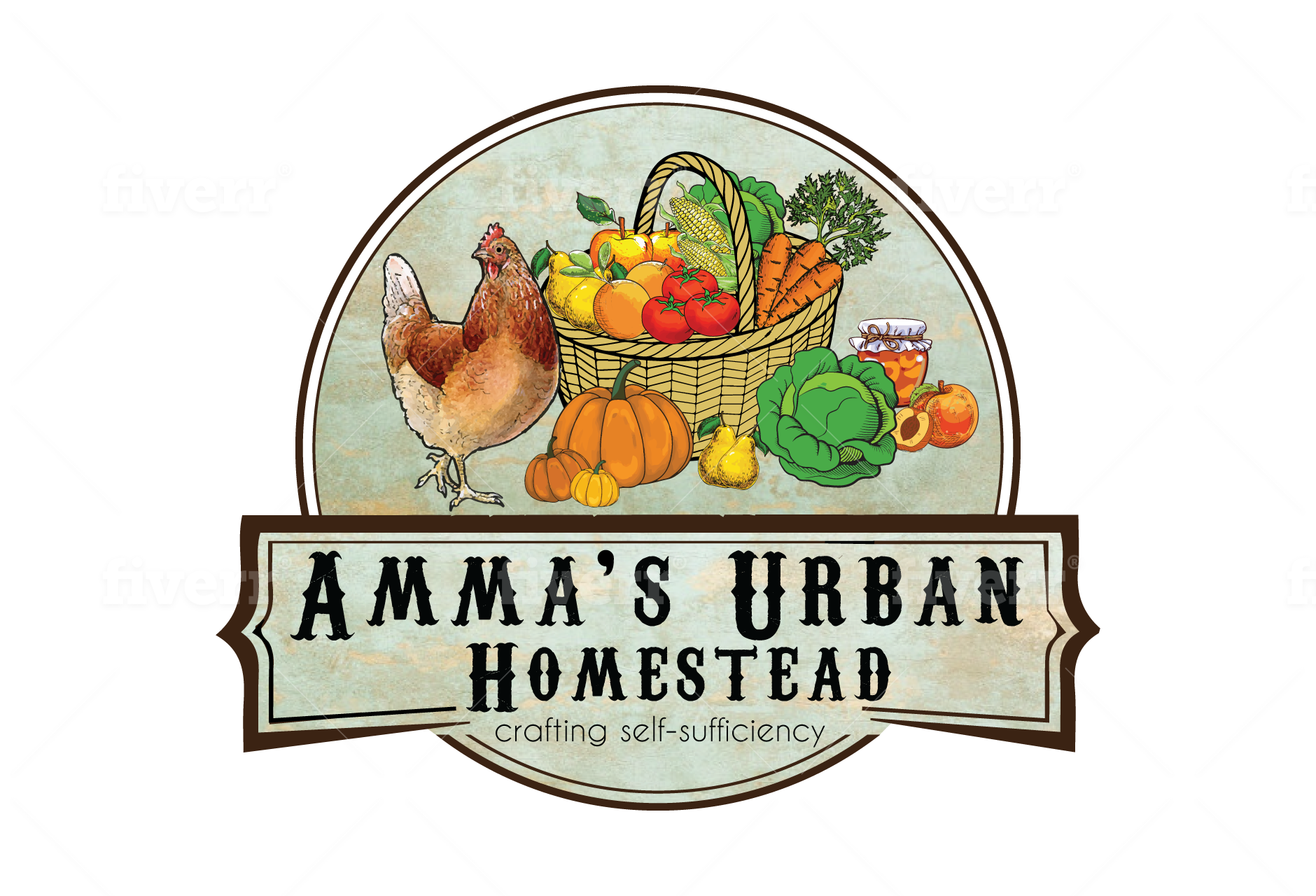
The practice of companion planting is steeped in tradition and folklore. Companion planting is not a tall tale. Research supports the idea that some plants are good companions and some are antagonists. Various plants are also good companions because they repel pests or camouflage the scent of other plants so pests cannot easily find them.
So how can you tell if a plant is friend or foe to another one? The good news is, I have done the research for you. My companion planting chart is the result of my own experiences plus researching the literature on the subject. You can download a copy here: Companion Planting
It is so disappointing to pick a ripe tomato that looks great from above only to find a nasty brown or black spot on the bottom! This is known as blossom end rot or BER. BER affects tomatoes, squash, and peppers. It starts as a watery, sunken area that progresses into a black or brown area of dry rot.
Many gardeners attribute BER to calcium deficiency. While fruits that have developed BER do have less calcium in their tissues than ones that do not have BER, recent research has determined that the low calcium levels are a result, not a cause of BER. The primary causes of BER are stresses such as high salinity, drought, high temperature, and high light intensity. Adding more calcium to the soil will not fix the problem!
Regular watering that maintains a steady soil moisture, periodic soaking to flush out salts, creating a microclimate with shade cloth, mulch, and companion plants, and selecting varieties of tomatoes, peppers, and squash that are heat tolerant and resistant to BER will go a long way toward preventing BER.
Determinate and indeterminate refers to the growth habit of the plant. Determinate tomatoes are more of a bush while indeterminate tomatoes are vines that keep growing as long as conditions are favorable. Determinate varieties tend to produce clusters of flowers at the ends of their branches and produce fruit over a few weeks. Indeterminate varieties produce fruit as long as growing conditions are suitable.
Heirloom varieties are most often indeterminate while determinate varieties are often hybrids. Gardeners who want compact plants for raised beds or containers may be happier with determinate varieties although indeterminate varieties can be trained on a trellis to control their sprawl. Personally, I prefer the indeterminate varieties for taste and I usually let the vines sprawl rather than caging or trellising them.
When the flowers of members of the Cucurbitaceae family (gourds, squash, zucchini, cucumbers, pumpkins, and melons) are not pollinated, the fruit fails to form. This problem can be avoided by hand pollination. See the question “Why does my zucchini have blooms but no zucchini?”

Squash and other vine crops such as cucumbers, melons, and pumpkins have male and female flowers. Plants with separate male and female flowers are termed monoecious. On average, 50% of blooms will be male and 50% female. It is easy to identify the males and females. Males have a long, slender stem that attaches the flower to the plant. Females have a small bulge beneath the flower and a short stem. The bulge is what becomes the fruit.
The males tend to appear before the females, rather like a stag line at a high school dance. Once the females appear, pollinators such as bees can transfer pollen from the stamen of the male flowers to the pistols of the female flowers.
Unfortunately, pollinating insects may be in short supply. To ensure that all of your female flowers are pollinated, you can lend nature a hand, or in this case a paint brush or cotton swab. When female flowers open, gently collect pollen from male flowers with a small paint brush or cotton swab and transfer it to the female flowers. One male flower can provide pollen for several females.




